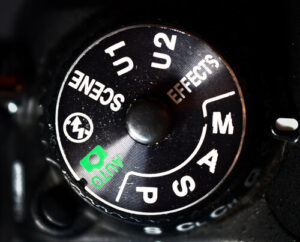Mastering Perfect Color in Photos: The Art of Using a Color Checker
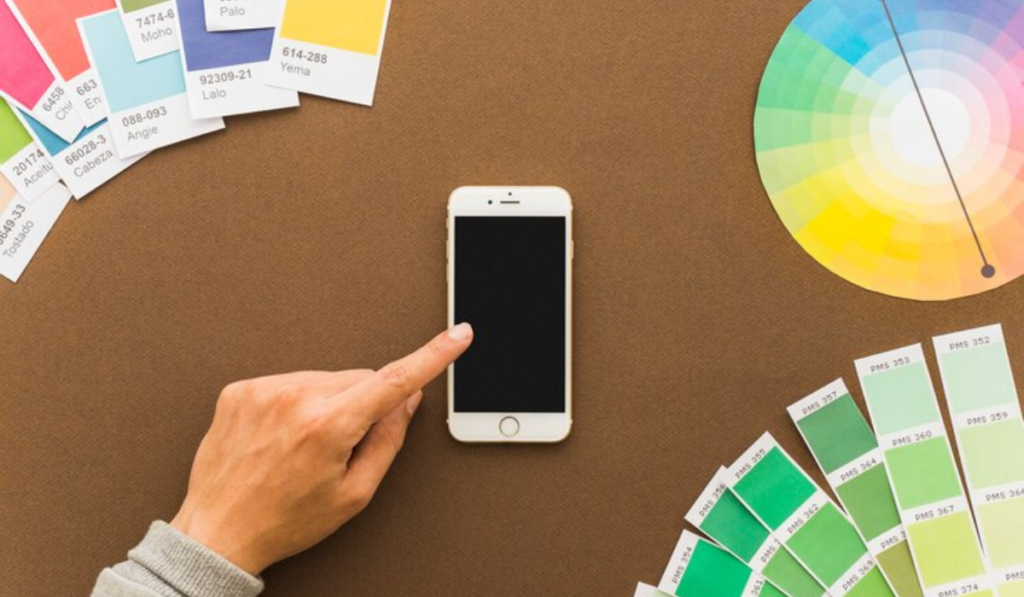
Introduction:
Steven Sasson’s contributions to digital photography have helped create a landscape that is constantly evolving. They are the foundation of innovation and progress. The quest for perfect colors becomes a science as photographers learn to navigate the complexities in color representation. This article explores the nuances behind color calibration. It clarifies the difference between accurate color (which is the most important) and pleasing color. It also advocates a workflow-centric calibration approach rather than just gear acquisition.
Understanding Color Nuances:
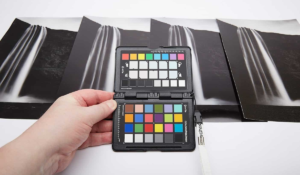
The dichotomy of accurate color versus pleasing color is at the core of color calibration. While accurate color adheres strictly to objective standards and aligns photographs with their true colors, pleasing color is a reflection of subjective preferences or artistic interpretations. Each approach is relevant in different contexts, where commercial applications prioritize accuracy while artistic endeavors embrace subjective creativity.
Embracing color calibration as an essential part of the workflow:
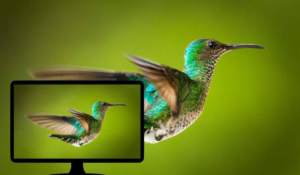
Contrary to popular belief, color calibration is not just about gear. It’s a crucial part of the workflow of photographers. The Color Checker is a multi-purpose tool that allows you to match the color of your captured images or display with known values. In order to achieve optimal results, the calibration process requires a meticulous comparison of known RGB values with captured RGB values.
The Digital Landscape:
The importance of accurate color reproduction in an age marked by a proliferation of viewing devices cannot be understated. Professional contexts prioritize accuracy over pleasing colors, to ensure consistent color fidelity on various platforms. Color calibration is a practical tool that promotes consistency and reliability, which in turn enhances the credibility of photography.
Use of color checkers in practical applications:
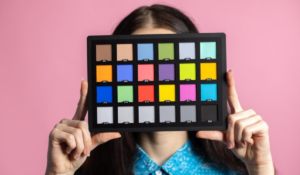
Incorporating a Color Checker in photography workflows requires a systematic approach that includes steps for capturing and creating color profiles, as well as using them. Photographers can optimize their efficiency by adhering best practices, and improving the accuracy of color reproduction in different lighting environments.
Accepting the Importance of White Balance for Food Photography

For food photography, color balance is crucial for capturing images. Color checkers are indispensable in the struggle to master white balance. Here’s how to use color checkers in food photography.
- Plan Your Shot – Arrange props and lighting strategically to create the perfect setting for your culinary masterpiece.
- Position the Color Checker. Place the color-checker in good lighting, and make sure it’s free of harsh shadows.
- Capture the image: Take a picture with the color-checker in the background, maintaining accurate color representation.
- Use the white balance tool in Lightroom to adjust color accuracy. The neutral squares of the color checker can be used for precise adjustments.
- Explore Creative White Balancing Presets. Experiment with white balance presets that are designed to add warmth and vibrancy to your photos, increasing their visual appeal.
Color checkers can help you achieve a perfect color balance in your food photography and enhance the visual impact of the images. Discover the color checkers recommended below to begin your journey to perfect color in food photographs.
Recommended Color Checkers With Affiliate Links
Conclusion:
While color calibration is optional, the benefits of achieving desired photographic results are indisputable. By using tools such as the Color Checker, and adopting systematic processes for calibration, photographers can master color reproduction. They will also be able to transcend the limitations of subjective interpretation. Share your journey to perfect color via social media, and stay tuned for additional insightful content.
Understanding the Intricacies Of Color Calibration
Achieving true-to life color reproduction in photography is both an artistic and scientific endeavor. This endeavor is centered around the practice of colour calibration, which involves matching the captured or displayed colors with known, measurable value. We’ll explore the complexities of color calibration, and how color checkers are essential tools for this process.
Understanding Color Calibration:
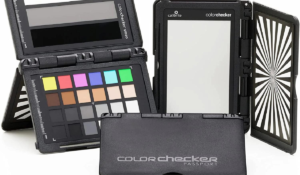
Color calibration is the process of adjusting colors to achieve accuracy and consistency across devices and platforms. Color calibration can be done in two ways: subjective and objective. The objective calibration is aimed at matching photographs to true or universal colors standards. Subjective calibration, on the other hand, allows for artistic interpretations and personal preferences.
Introduce yourself to color checkers

A color checker can be used by photographers as a tool to calibrate colors and reproduce true-to life color reproduction. These devices are crucial in ensuring the colors of photographs accurately reflect what is being photographed.
How to use a color checker
Utilizing a color checker involves several steps:
- Use the RAW mode on your camera to capture photos with maximum color information.
- Take note of the color temperature of the light sources that illuminate the scene.
- Use a gray card to adjust the white balance. This will ensure accurate color reproduction.
- Take a picture with the color-checker in the background to serve as a guide for calibrating the colors.
- ColorChecker Camera Calibration is an app that allows you to create a color profile and detect the true colors.
- Use the color profile when using post-processing software such as Photoshop or Lightroom for accurate color reproduction.
- To maintain color accuracy, repeat the calibration process every time lighting conditions change.
Important Considerations:
It is important to not touch the device when using a color tester to prevent contamination. ColorChecker only accepts DNG files. Make sure your images are compatible by ensuring they’re in the right format.
Conclusion:
The use of color calibration in photography is essential to ensure accurate and consistent representation of colors. Understanding the principles of colour calibration and using tools such as color checkers can help photographers improve the quality of their images and achieve the perfect reproduction of colors. Keep an eye out for our next post, in which we will explore advanced techniques such as false color exposure examples.


